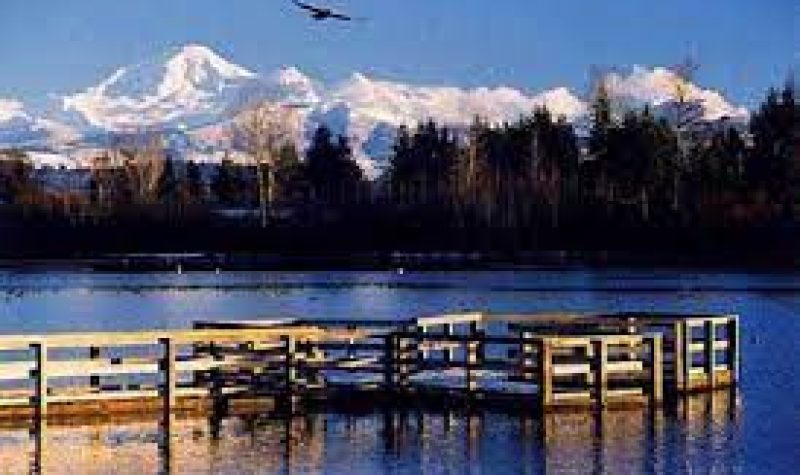Abbotsfordians are frustrated by local action on the climate emergency. Locals John Vissers and Lynn Perrin recall being part of a delegation to Abbotsford City Council, asking for what many groups and bodies, including many municipalities, had already done, and signed on to "the reality that we are in a climate crisis," according to Vissers. "They rejected."
Professor Tim Takaro professor emeritus from Simon Fraser University acknowledges that the problem is much bigger than simply an Abbotsford issue, and is exasperated at all levels of government. He wonders if "this is not enough for leaders to say the emergency is here? This is a code red for humanity. Canada has never met a climate target it has set - the UN secretary-general has been clear: we have to stop building new fossil energy infrastructure projects; pay attention to protecting nature. That is where our water and air and food and shelter come from."
Reflecting on what Perrin calls the council's "feeble excuse not to acknowledge the climate emergency", Takaro says "Abbotsford got a big wakeup call in November. The impacts of climate change on human health are real. Five people died during the atmospheric rivers and the floods that hit Abbotsford. 745 people died in the BC heat dome."
UFV political science professor Ron Dart agrees that a driving factor in the lack of climate action is an expansion of local building and development.
According to Dart, ”Abbotsford for many years has been torn towards developers and their interests. What inevitably happens is the developers are given the green light and those interested in the environment are subordinated to those economic interests.


